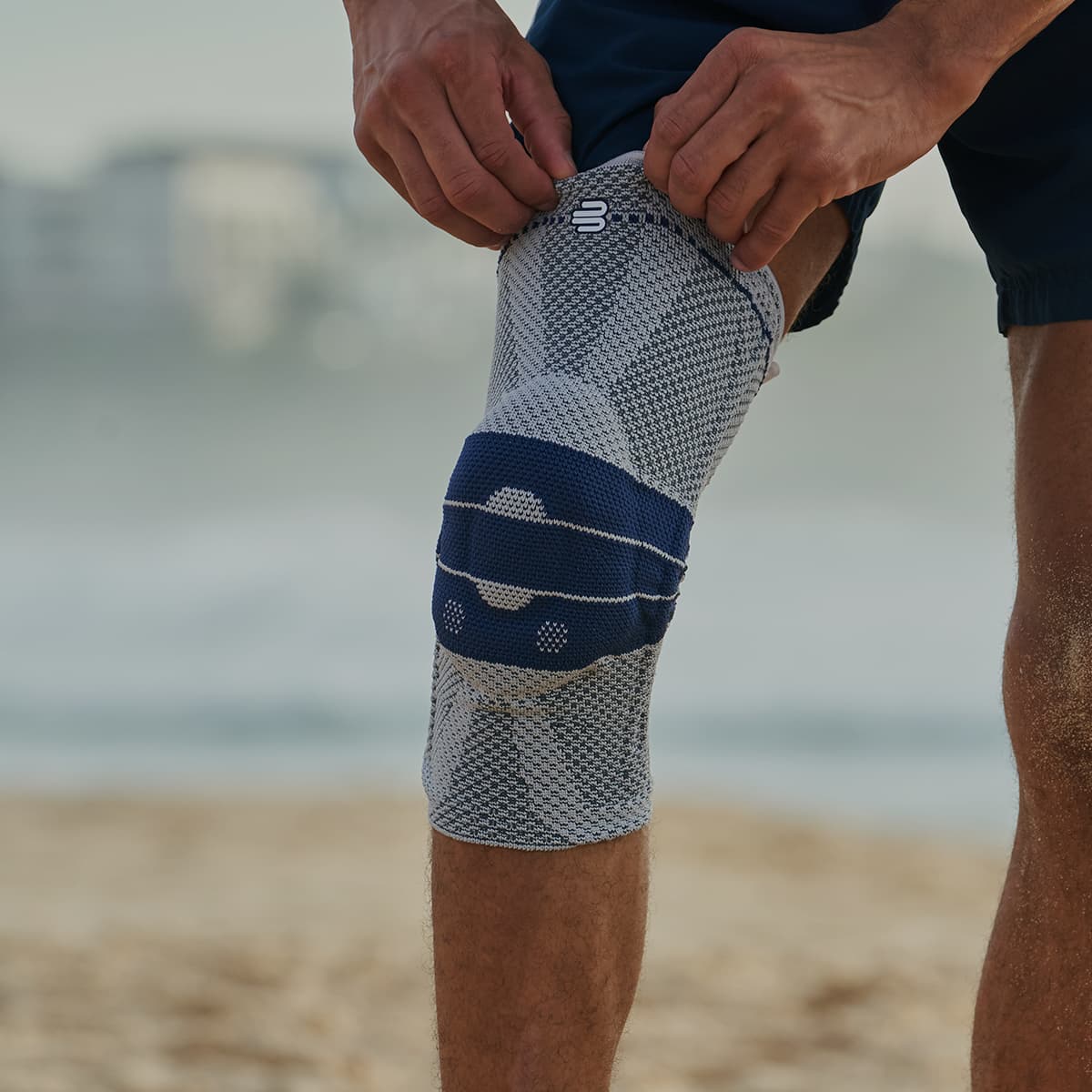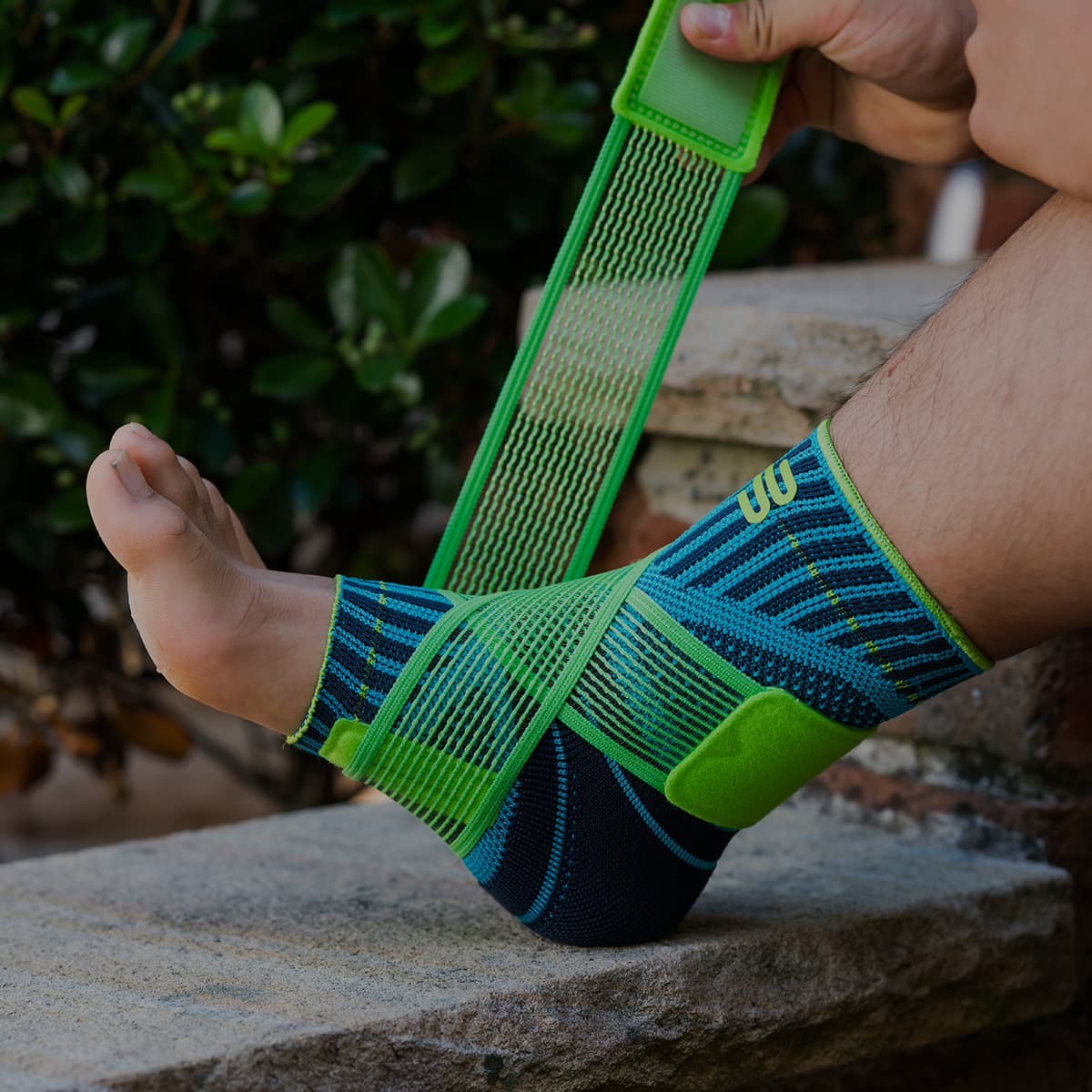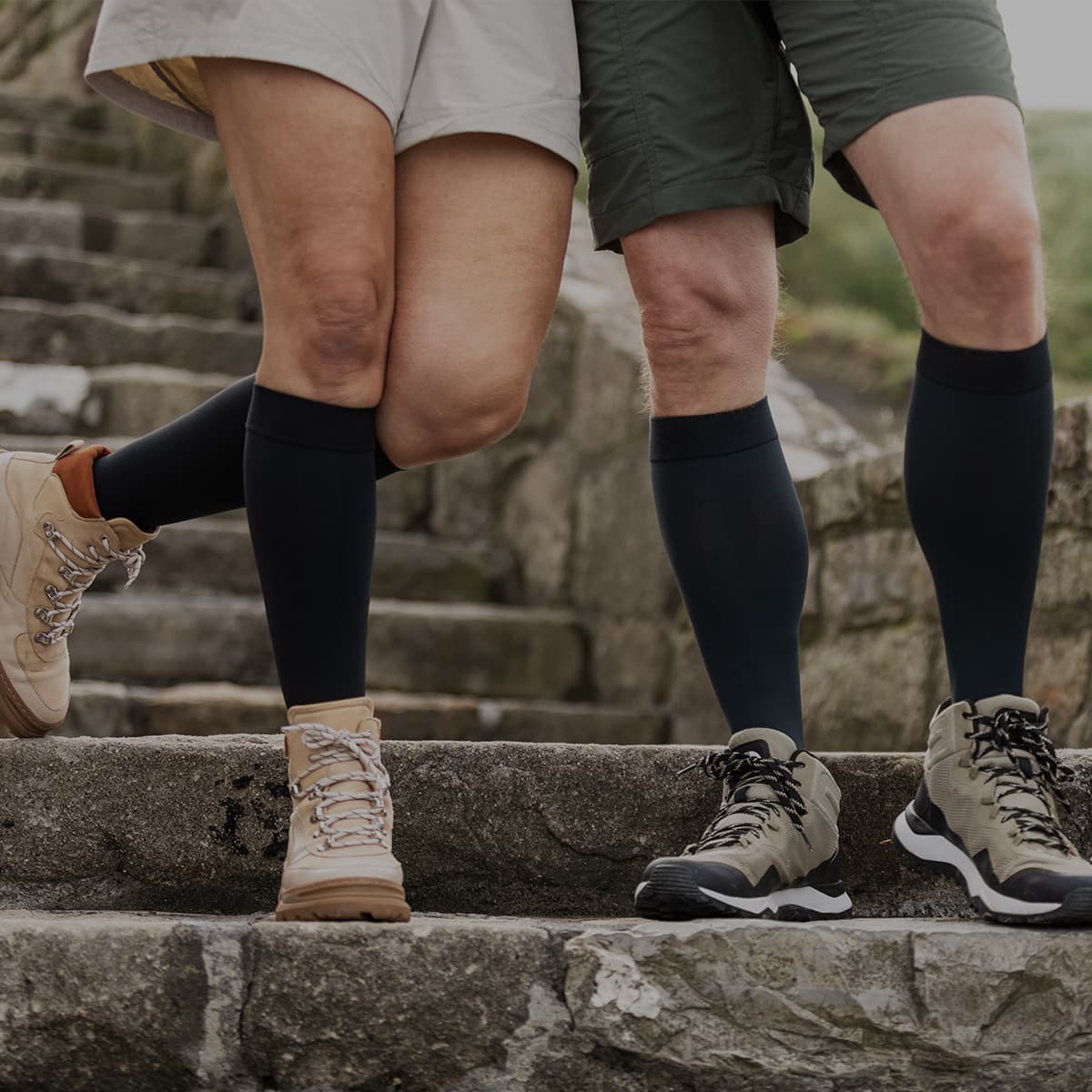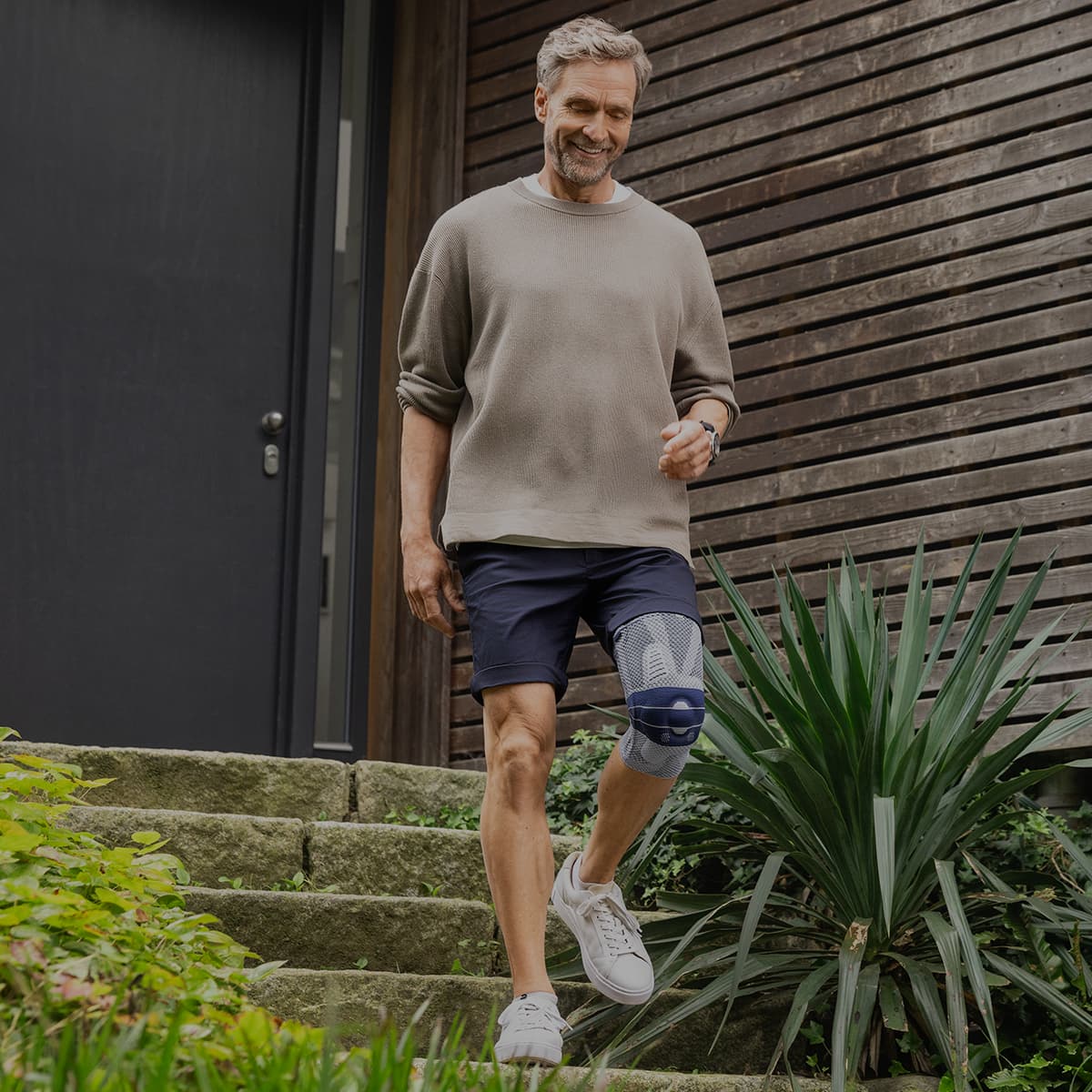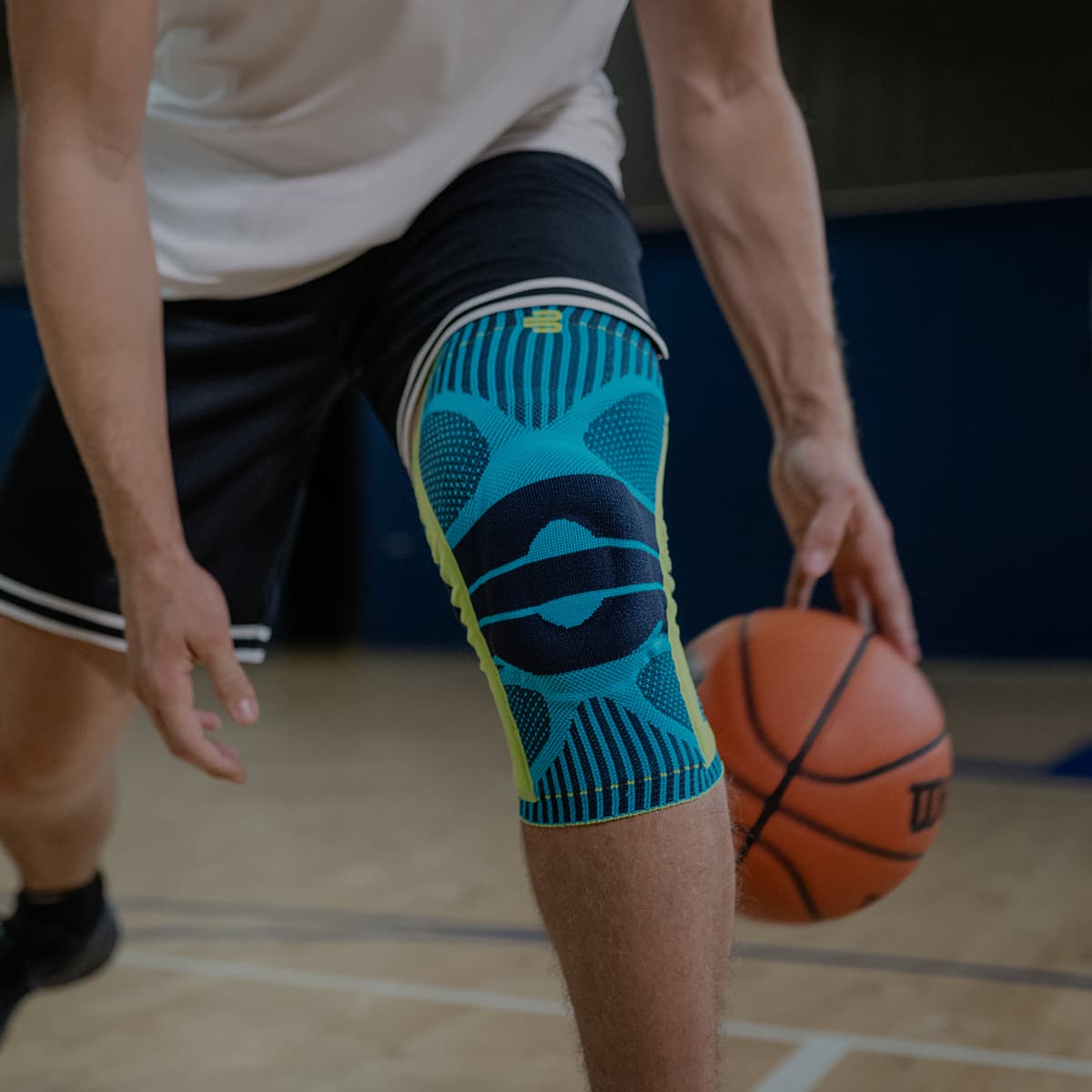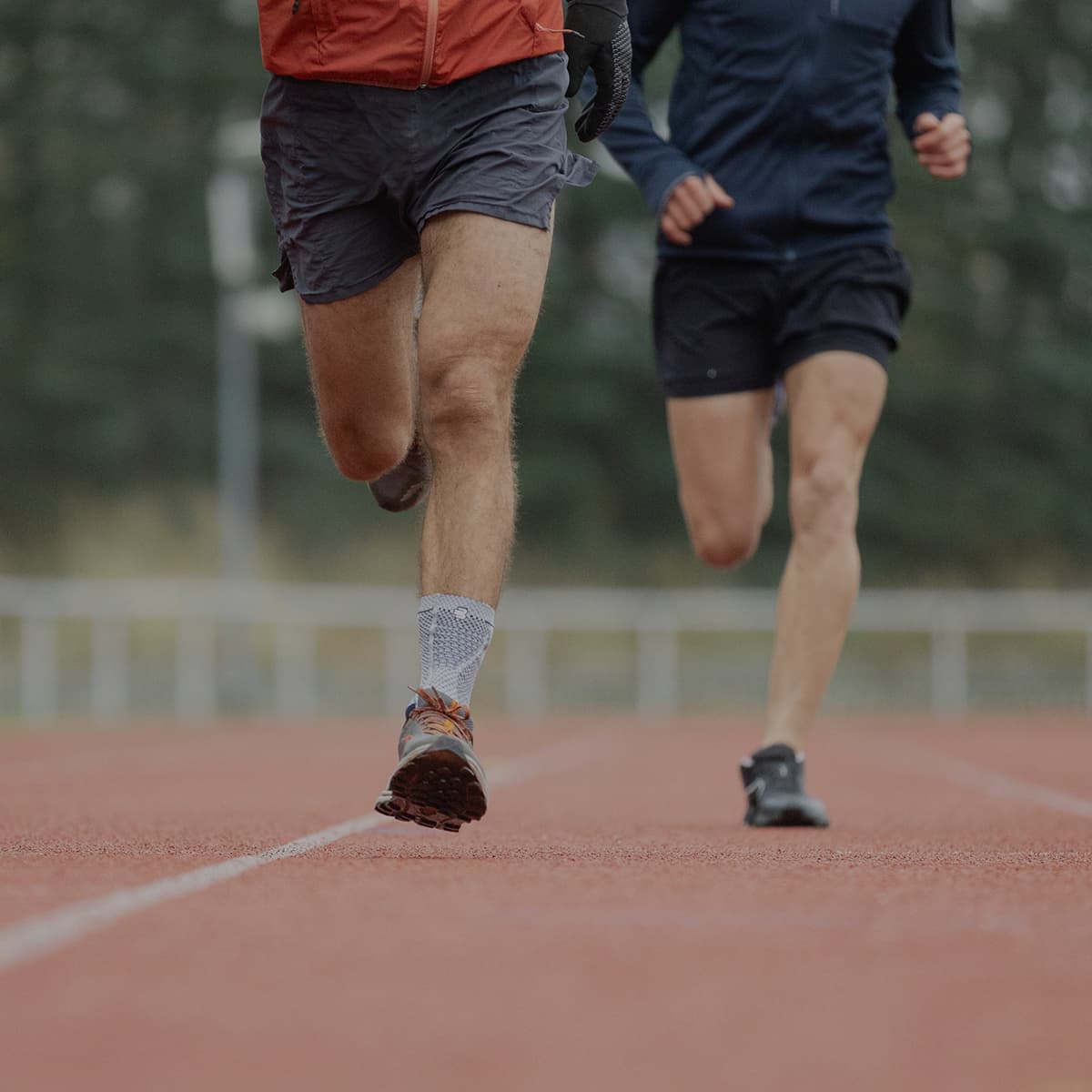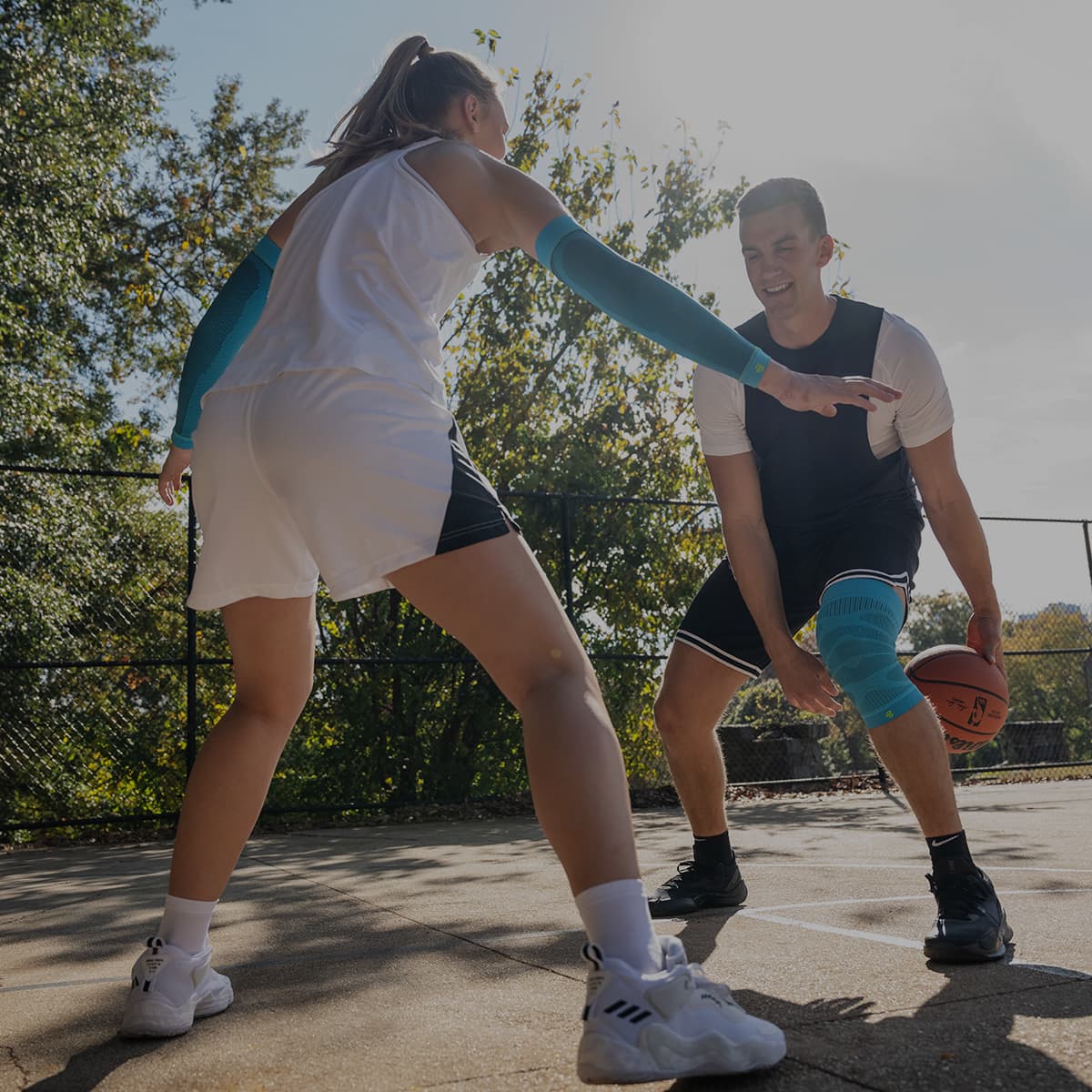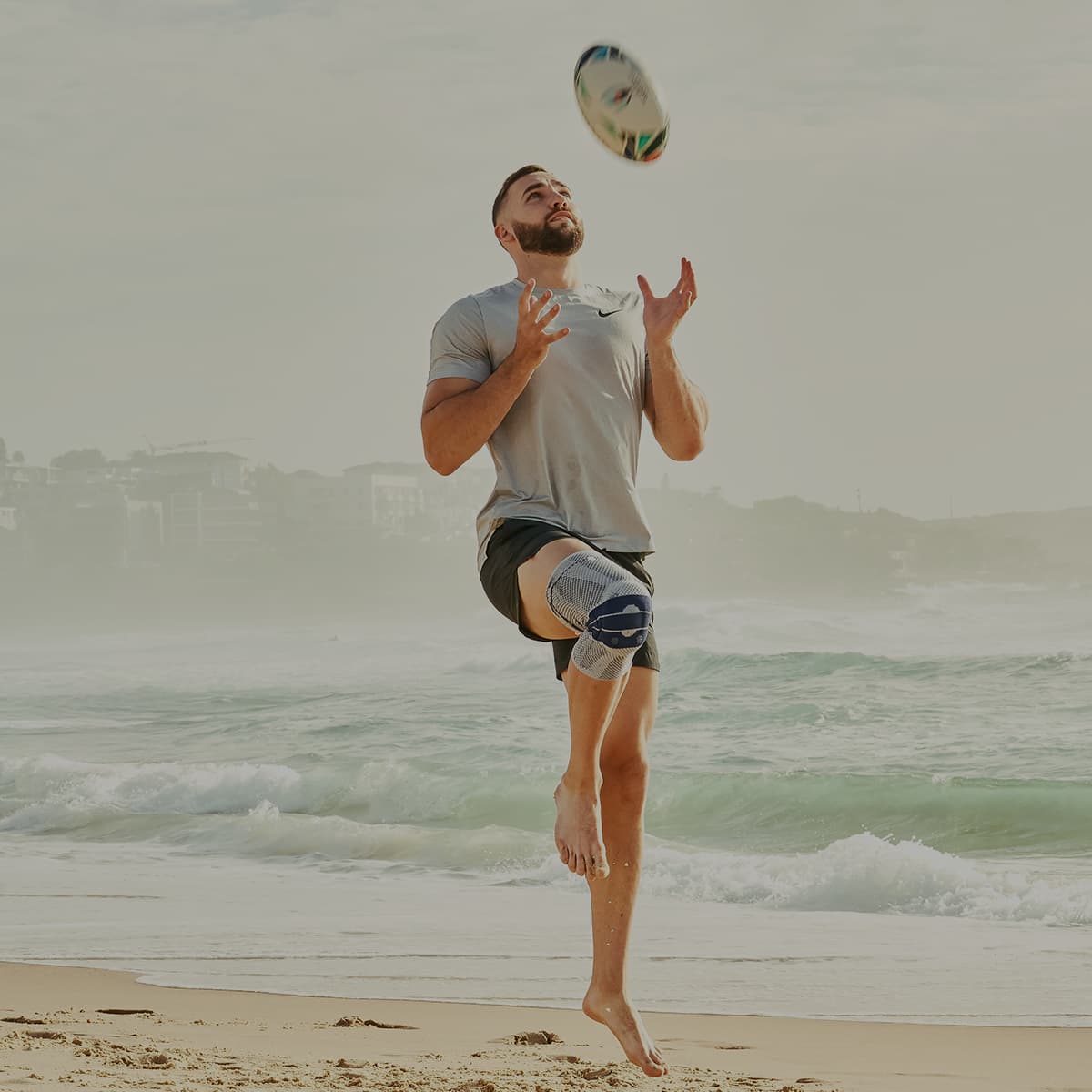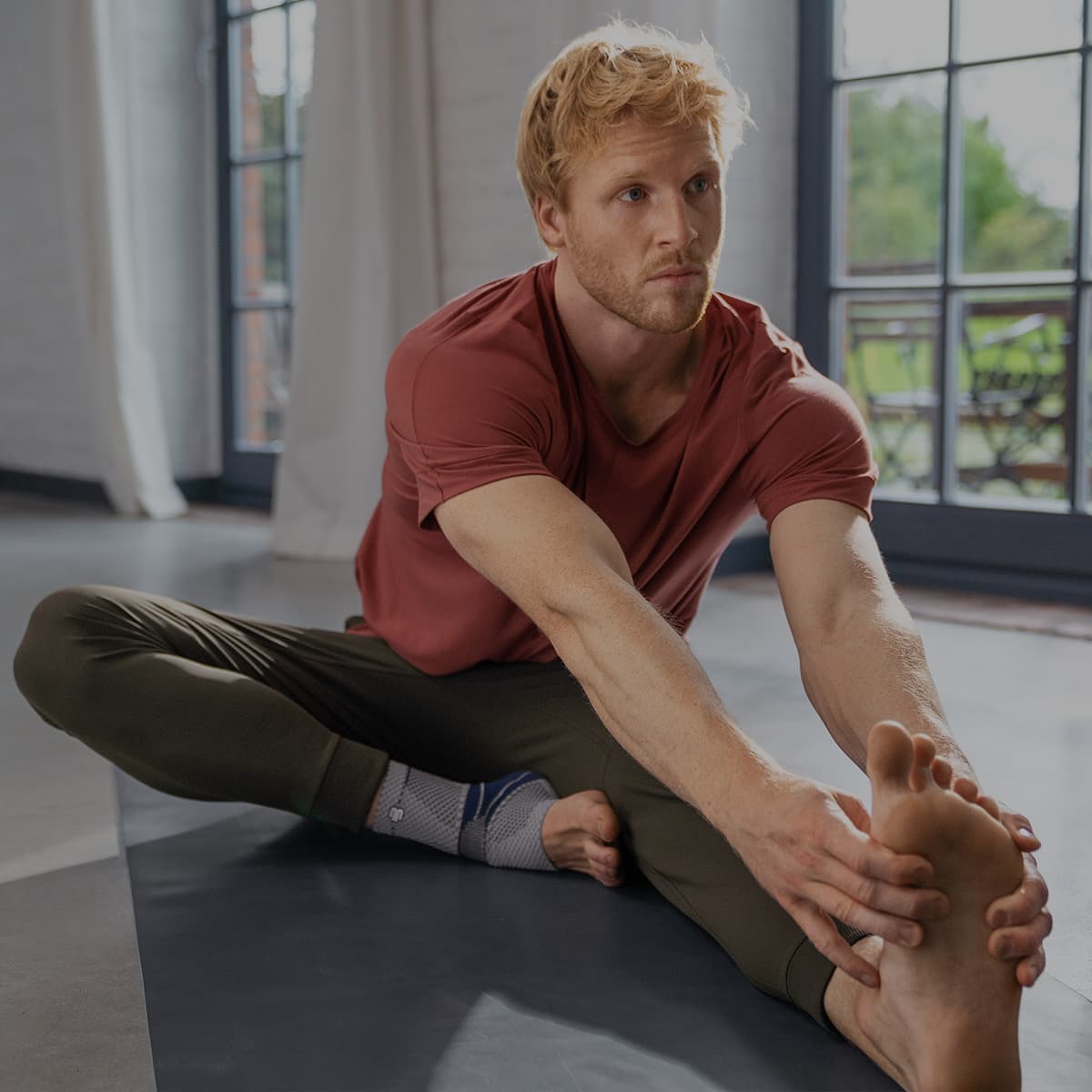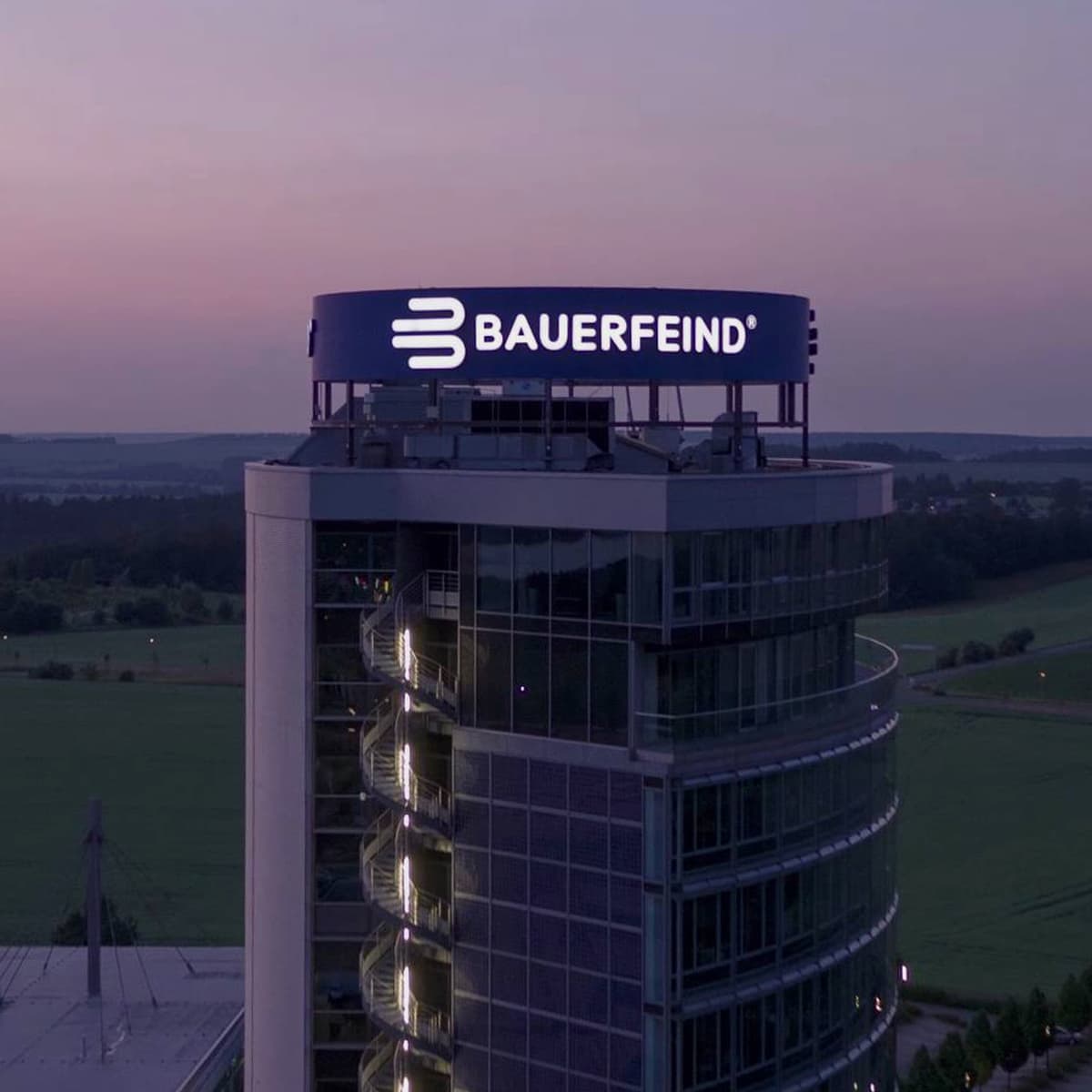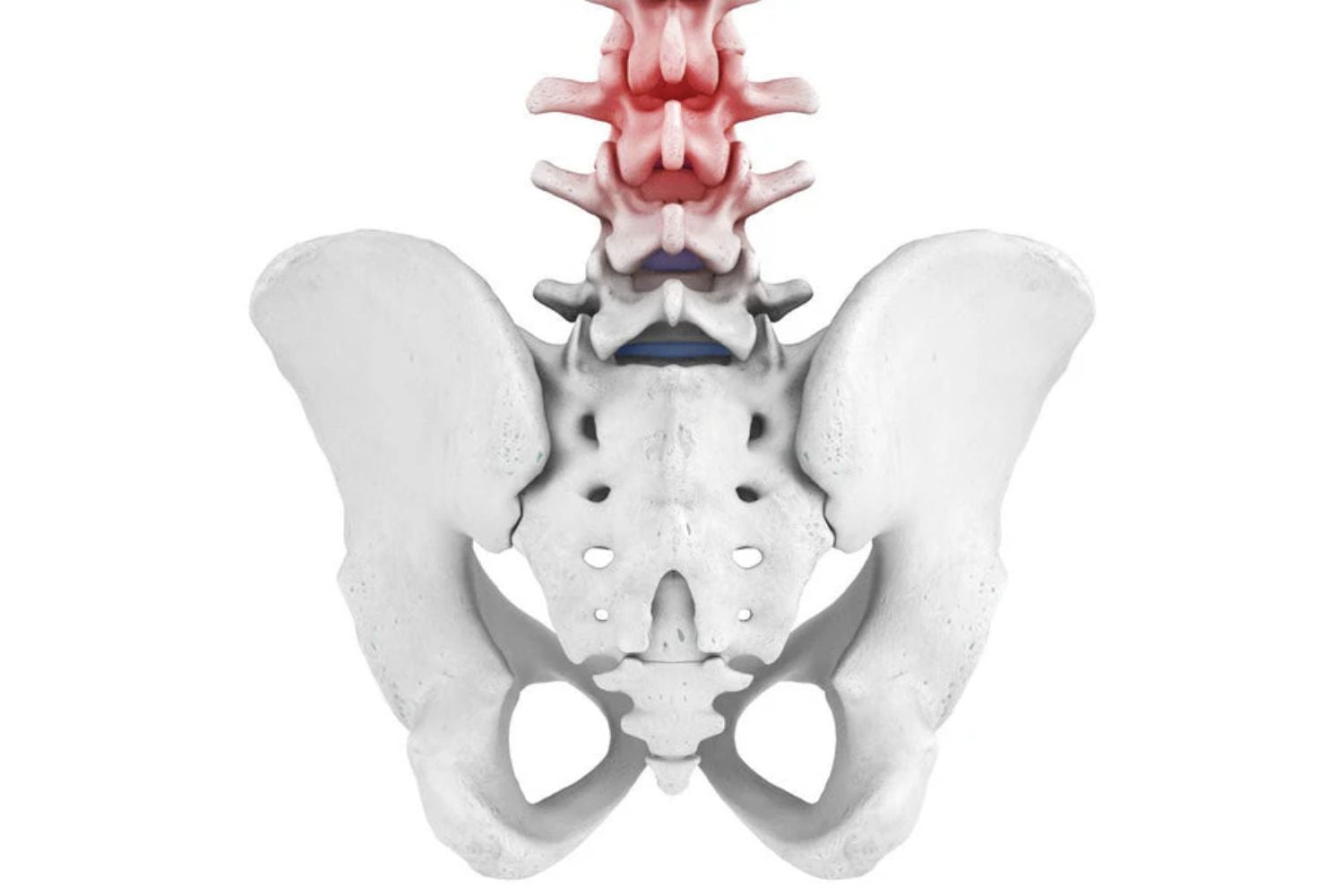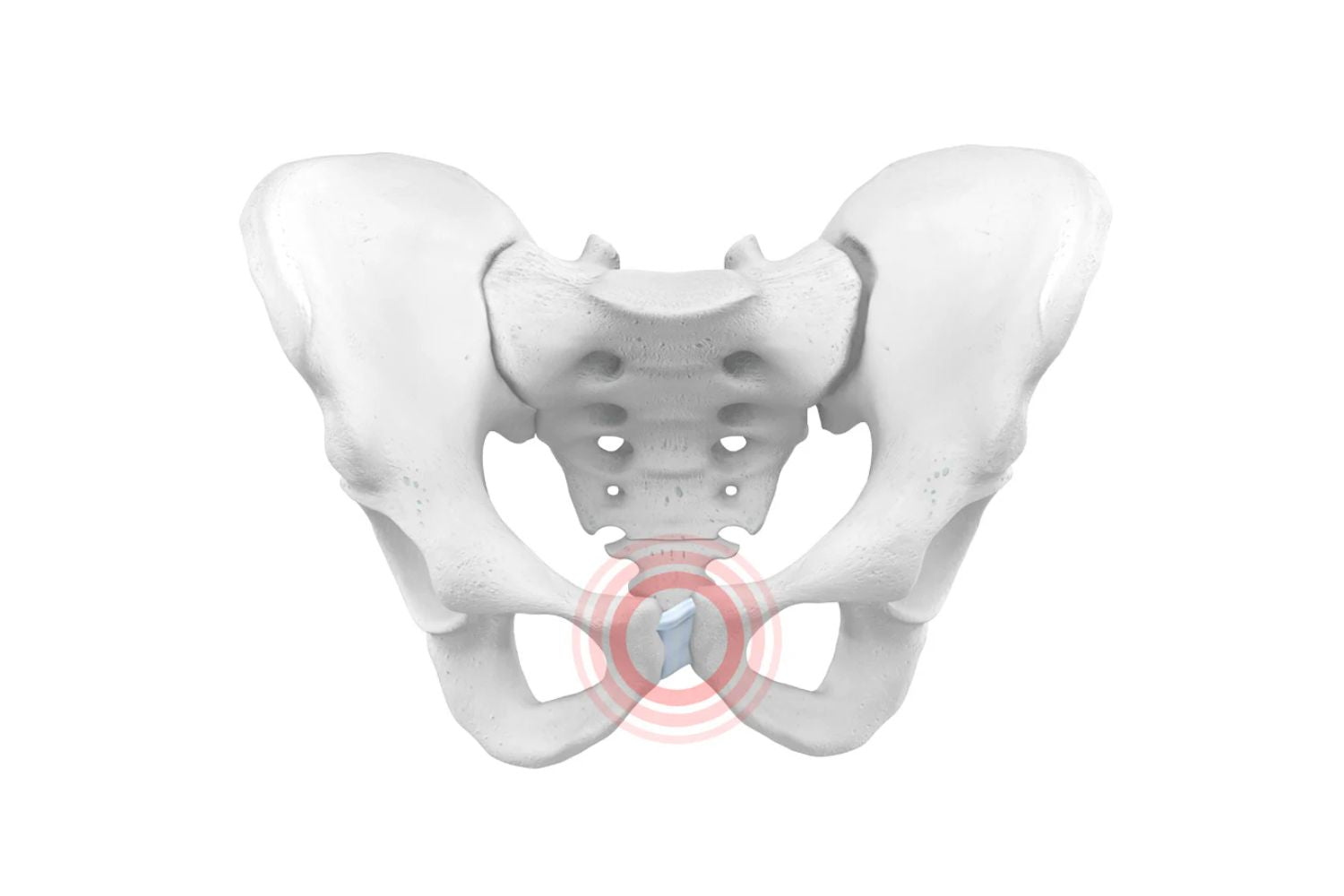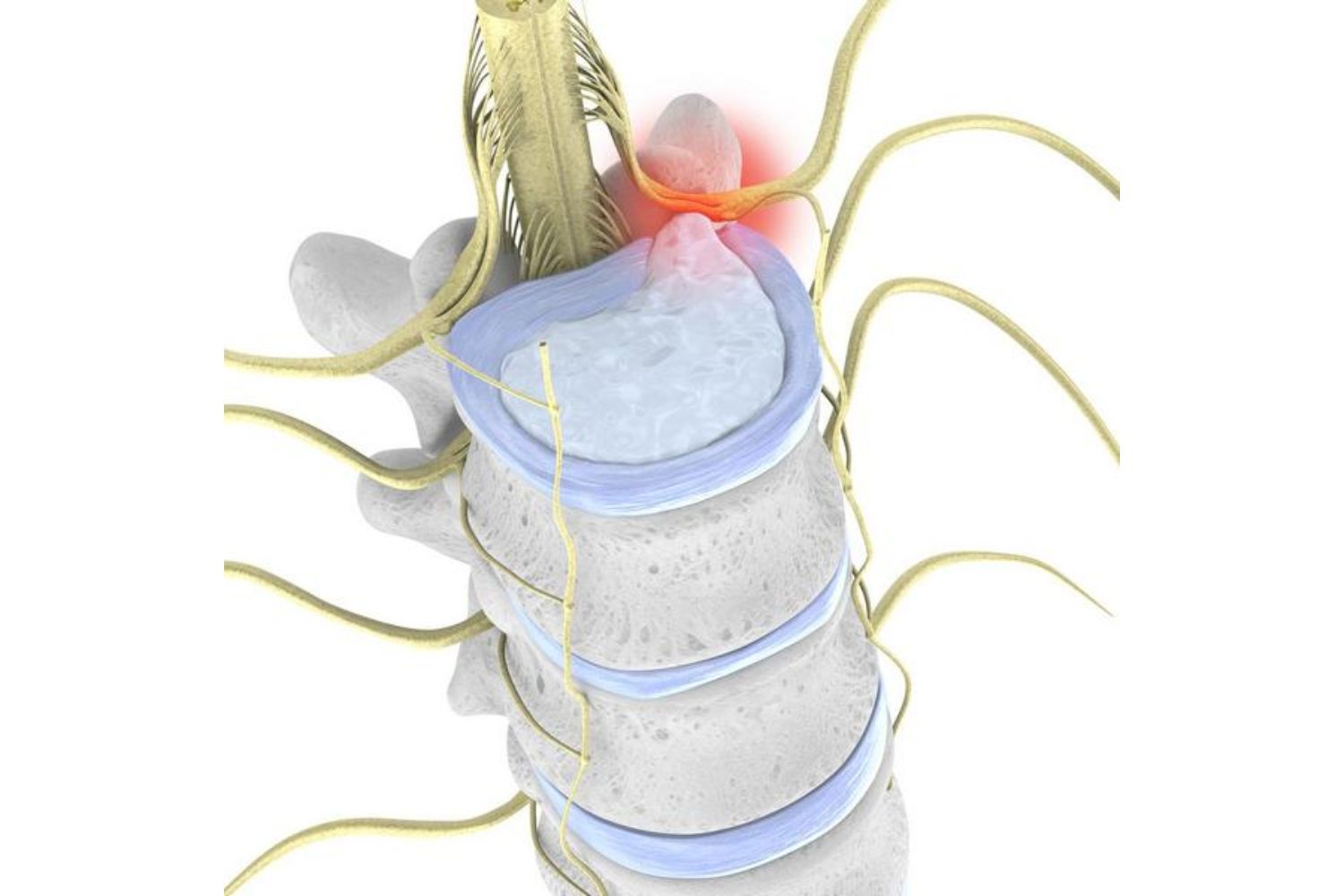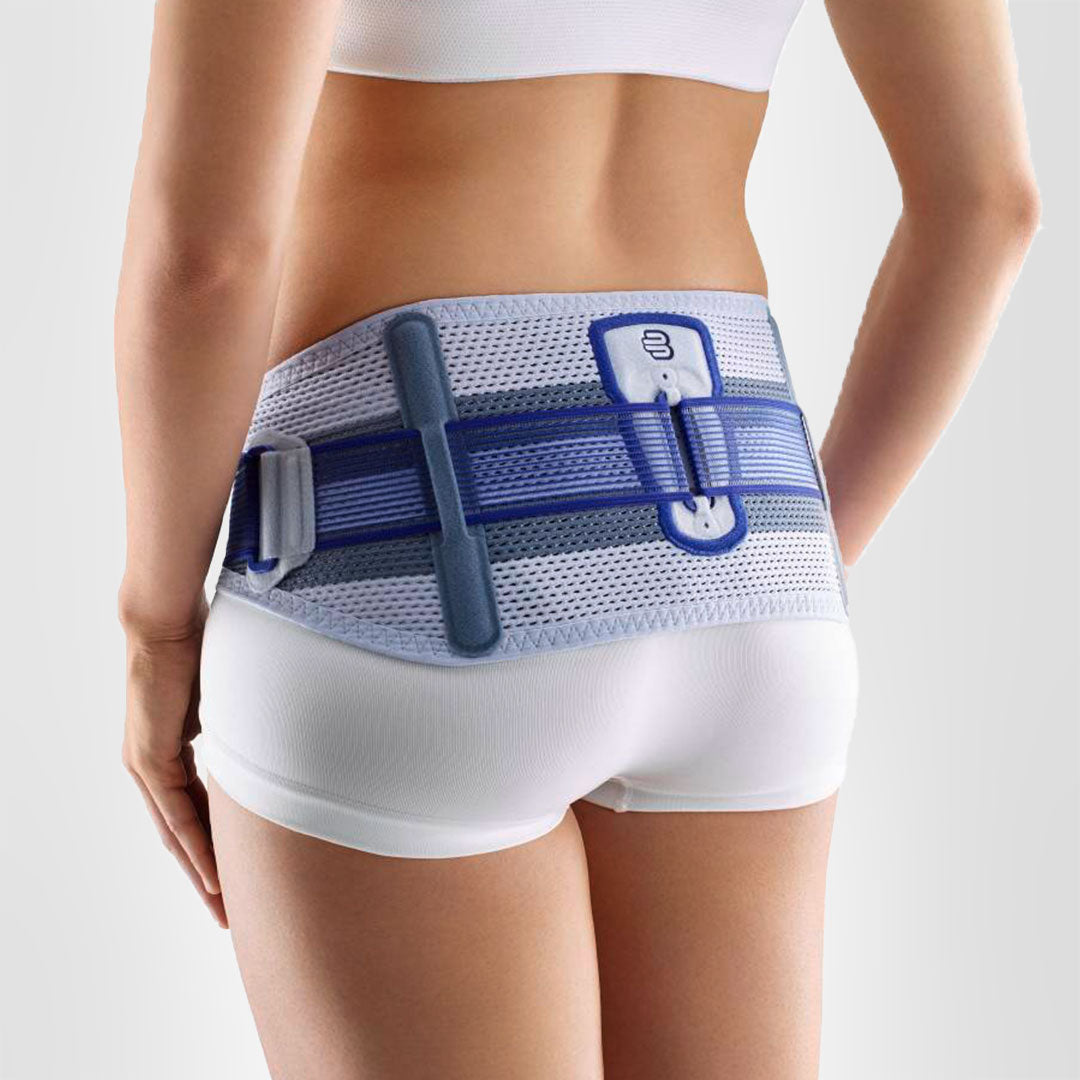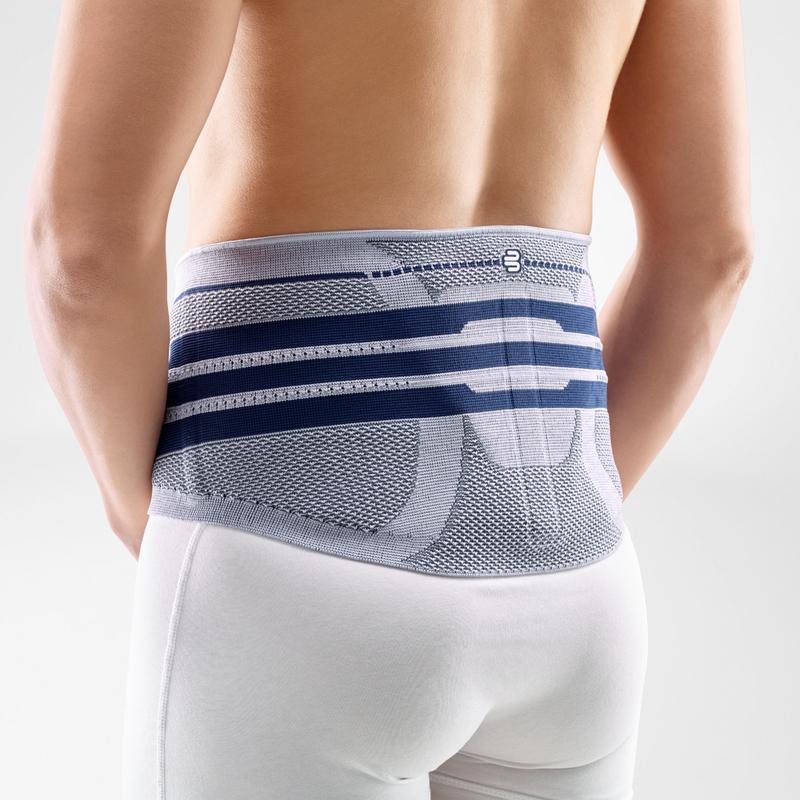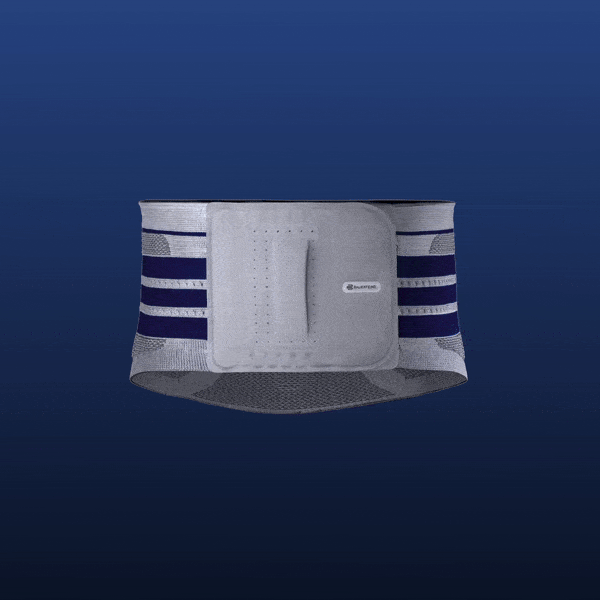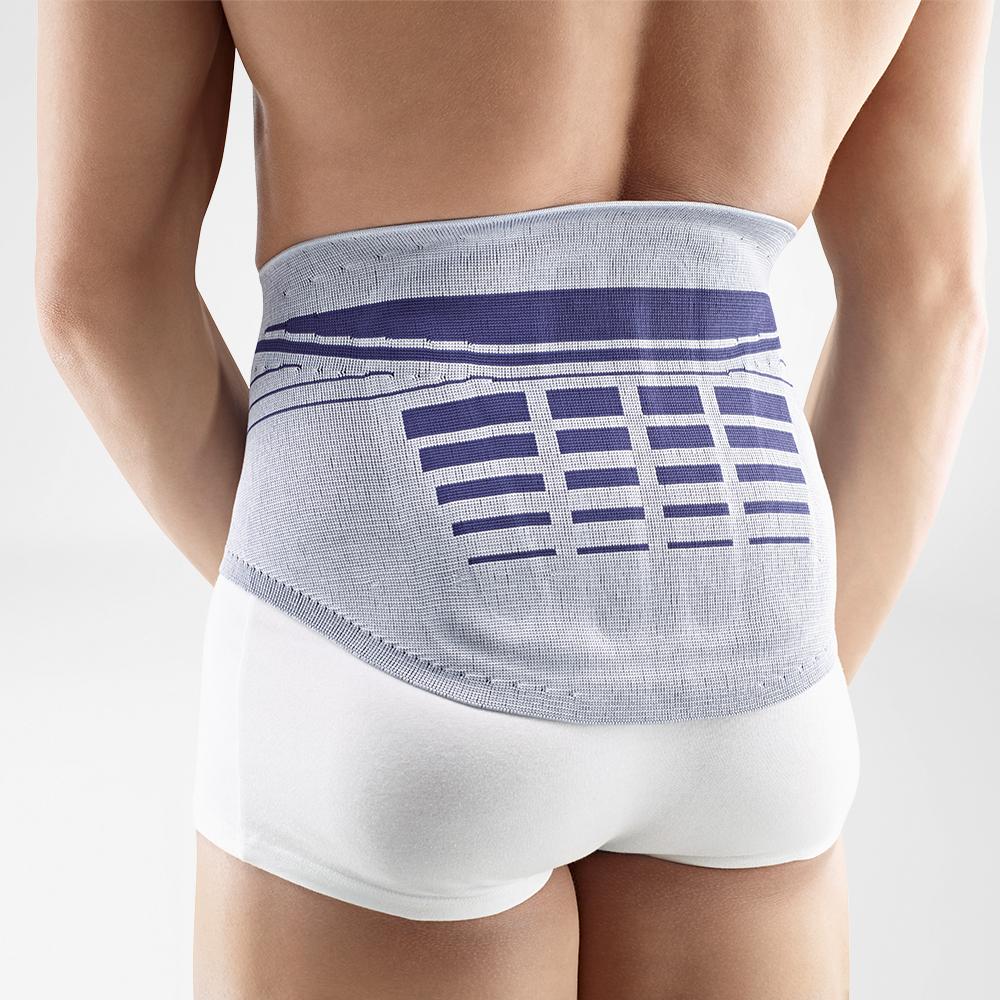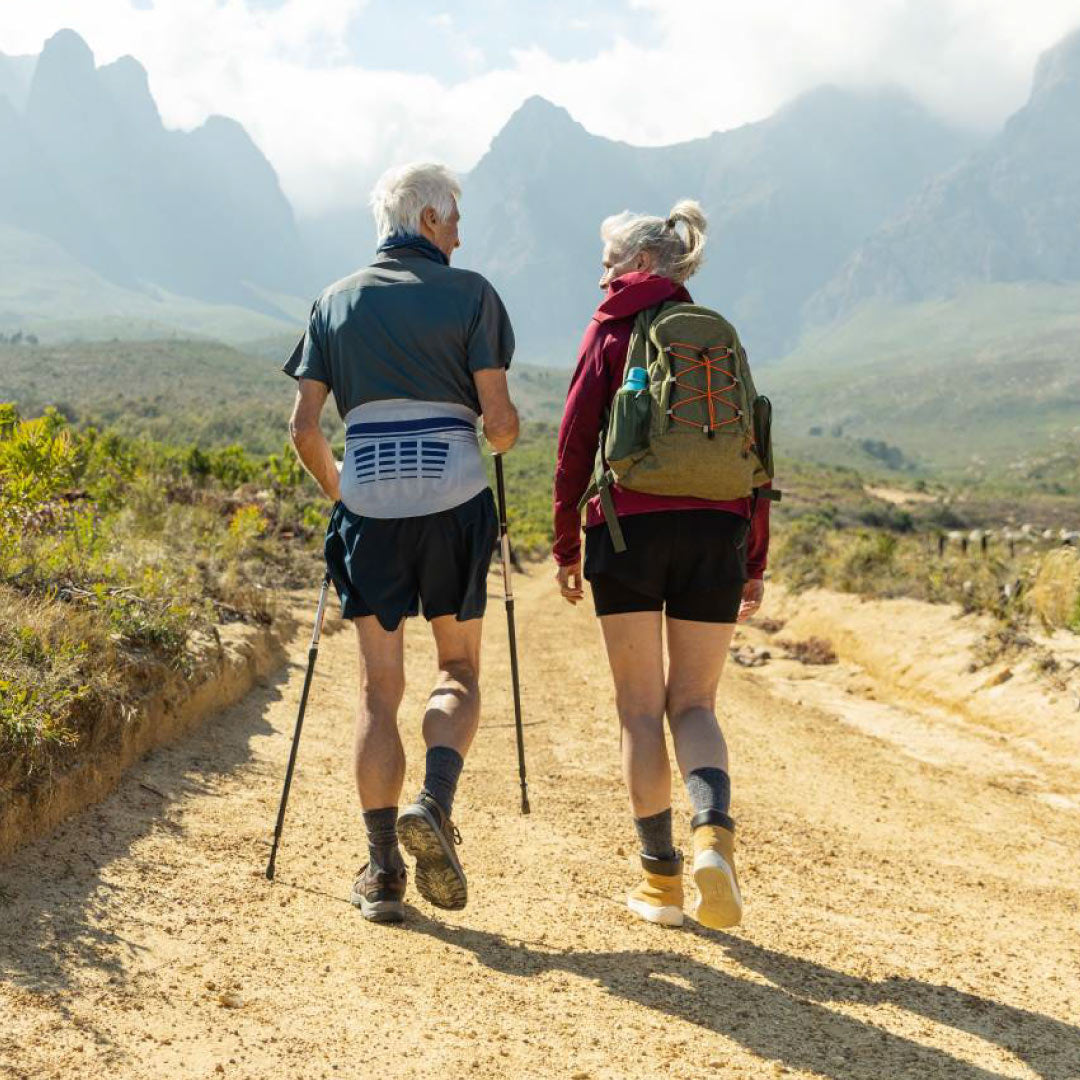In cases of acute lumbar spine syndrome, sharp pain in the lower back occurs out of the blue. The trigger is usually a harmless movement during sports, work, or everyday life. Even simple movements such as bending over, turning or standing up can trigger lumbar spine syndrome.
Due to the severity of the back pain, a herniated disc is often incorrectly assumed to be the cause (and should be checked for confirmation). However, an acute lumbar spine syndrome usually has more harmless causes and heals without long-term effects.
Recognising acute lumbar spine syndrome
Acute lumbar spine syndrome - also known by most people as lumbago - is a very sudden, very violent and sharp pain in the lumbar spine (just in the lower back around your hips). After the shooting pain, movement is initially restricted or not at all possible. Even the slightest movement is so painful that those affected often remain in a stooped position. The pain and the resulting posture cause the muscles of the lower back to cramp, which in turn increases the pain. An agonising situation for those affected, who often struggle to break this vicious cycle.
Causes of Lumbago
Acute lumbar spine syndrome is most often triggered by everyday stresses on the spine and back during sports or everyday life. The back pain is so severe that a herniated disc is usually assumed to be the cause. However, this is rarely the case. Lumbago is mainly caused by a blockage of one of your vertebral joints or tension or spasms in the back muscles. Incorrect and excessive strain are among the most common causes of acute lumbar spine syndrome (incorrect lifting, poor posture while working, etc.).
Acute lumbar spine syndrome - duration of treatment
If you’re initially affected by lumbago, rest is advisable for the first one or two days. After that, it’s important to slowly work your way back to everyday, regular, normal movements. The pain can continue for another four to five days and should be carefully managed. With specific movements - such as turning or bending over - it is possible that slight pain in the lower back may last for up to two weeks after an acute lumbar spine syndrome. A doctor should be notified as soon as possible if the pain does not subside even after one or two days, especially if issues with your bowels or bladder, or numbness/paralysis in the legs accompany it.
First measures for acute lumbar spine syndrome
In the case of lumbago, those affected should start by taking it easy. Since sitting and standing are usually painful, slow walking or a lying position is recommended. Sufferers should lie flat on their backs with their legs raised. To relieve the lower back, the legs should form a right angle at the hip joint and knee. To achieve this, pillows and blankets can be draped to form a step at a 90-degree angle, or you can use your couch or a wall. The legs can then be placed on it. This posture is not necessarily comfortable, but it is effective in relieving pain in the short and long term.
Alternatively, the person affected can lie flat on the floor and place their lower legs on a chair to make it more comfortable. Warming the affected area with a hot water bottle, heat pack, muscle ointment, or a warm bath relaxes the muscles and relieves pain.
Acute lumbar spine syndrome - treatment and prevention
The therapy for lumbar spine syndrome consists primarily of pain relief while the muscles recover. Those affected are usually given anti-inflammatory pain medication that relaxes the muscles. In addition, slow movement, the application of heat and positioned rest in which the legs are raised, are recommended.
In the case of a vertebral joint blockage, a physiotherapist may need to manually straighten the vertebra, but this should only be done when directed by a doctor.
Physiotherapy, massages and acupuncture can all strengthen the back muscles in the long term and prevent lumbago recurring.
Relaxing the back
As muscle tension in the back can also arise as a result of stress , the use of Jacobson's progressive muscle relaxation has proven itself very effective. This is a relaxation process in which muscle groups are specifically tensed and then relaxed again. Other methods such as yoga and pilates can also have a positive effect on the back.
Acute pain relief and aftercare with back supports
Some people suffer from persistent or recurring back pain after acute lumbar spine syndrome, especially if there are other issues affecting the back. Medical back supports and conservative therapy (massage, physio, etc.) can help prevent the issue from developing or worsening. In addition, back supports protect and relieve the back during sport and work, allowing you to focus on what’s important to you.
Back supports like the Bauerfeind LumboTrain stabilise the lumbar spine during and after acute lumbar spine syndrome, making them perfect for treatment, recovery, and prevention. They relieve back pain and tension. The active support has a triangular massage pad with special nubs that massage the lumbar spine area when worn. The compression in the back stabilises and relieves the spine.
Due to the breathable and anatomic material, the active support is comfortable to wear and easy to put on. The back support adapts extremely well to the various body shapes. With the LumboTrain Lady, a bandage is available that is specially tailored to the specifics of the female body shape.
Pelvic Girdle Instability Diagnosis
A complete patient history and physical examination can help assess the symptoms and progression of the condition. Sophisticated imaging technology like Computer Tomography (C.T.) scans can confirm the diagnosis.
Further examinations are carried out to rule out other related diseases.
Pelvic Girdle Instability Treatment
Treatment for pain in the pelvic girdle revolves around managing the pain and strengthening the muscles of the lower back and pelvis region. A practical guide to follow includes:
Lifestyle Changes
Lifestyle changes can help slow down the progression of the condition in the early stages. Avoiding stressful activities, like physically intense work, training, and lifting heavy loads, is proven to be an effective measure a patient can take in their daily lives.
Taking enough breaks to stretch between long hours at the desk can help release strain from the muscles and provide some relief from daily stress. Weight loss can also help reduce stress on the back.
Rehabilitation And Physiotherapy
Regulated physiotherapy is a proven effective treatment path for targeted muscle training. The prescribed exercises can help promote muscle reorganisation and are the most effective option for curbing the disease. Encouraging healthy proprioception and strengthening the muscles helps prevent long-term degeneration and can help with lower back pain.
Prescribed Painkillers
Prescribed painkillers, including Ibuprofen and Panadol, are often used to alleviate pain and discomfort in patients. In cases of inflammation in the back, anti-inflammatory medication may be recommended. However, as with many medications, tolerance may occur, causing the effectiveness of the drugs to decrease, as well as other potential side effects.
Heat And Infrared Application
Regular use of heat and infrared applications on the lower back can support the treatment path and provide temporary relief.
Medical Pelvic Braces
It is highly recommended that a medical pelvic brace be used to provide ample support to the pelvis. The targeted compression that the braces provide helps boost circulation and muscle activation while reducing the possibility of effusions and edema.
Wearing a Bauerfeind brace, like the SacroLoc, can be instrumental in treatment as it provides enhanced stability, proprioception and medical-grade compression. This is not found in simple neoprene braces and has proven to be much more effective.
Bracing for Pelvic Pain And Prevention Of Pelvic Instability
SacroLoc Back Support
An orthosis, like the SacroLoc, provides reliable support therapy to the unstable pelvic joint and has a prophylactic effect. The stability noticeably reduces the stress and pain in the pelvis, allowing for the stretched ligaments to heal.
Bauerfeind’s SacroLoc brace features a two-part gel cushion that gently massages the trigger points around the pelvic region during movement and applies medical-grade compression to boost blood circulation. Patients experience relief from tension all day long and are at a reduced risk of developing cramps.
The SacroLoc straightens the pelvis and relieves tension in the surrounding muscles of the sacrum. Its tensioning straps are very easily adjusted and designed to be gentle on the skin.

